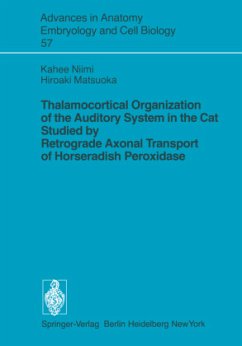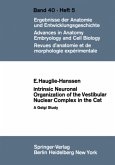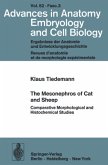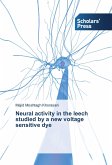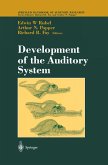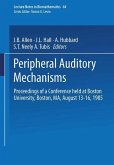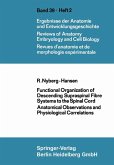It is known that the medial geniculate body (MGB) is the last relay center in the audi tory system. Its projections to the auditory cortex have been studied extensively in the cat using retrograde cell degeneration and the Marchi technique. The auditory cortex has also been defined electrophysiologically and cytoarchitecturally by many authors (Fig. 1). Woolsey and Walzl (1942) first defined the primary (AI) and secondary (All) auditory areas by electrical stimulation of cochlear nerve fibers. Later studies have dem onstrated other cortical areas responsive to auditory stimulation: the posterior ecto sylvian area (Ep), the suprasylvian fringe (SF), the third auditory'area (AlII) in the sec ond somatic sensory area (SII), the insular area (Ins) or the fourth auditory area (AIV), and the temporal area (Temp). Classic anatomic methods, such as the Marchi and retrograde cell degeneration methods, were not suitable for studying the precise organization of the cortical pro jections of MGB, however, the Nauta method has been useful in the study of these pro jections (Wilson and Cragg, 1969; Niimi and Naito, 1972, 1974; Sousa-Pinto, 1973). These studies indicated that parts of MGB send differential projections to individual auditory areas, although considerable overlap of the projections is seen. Furthermore, some authors showed that the pulvinar nuclear group also projects to the auditory cor tex (Graybiel, 1973; Niimi et aI. , 1974a; Rosenquist et aI. , 1974).
Hinweis: Dieser Artikel kann nur an eine deutsche Lieferadresse ausgeliefert werden.
Hinweis: Dieser Artikel kann nur an eine deutsche Lieferadresse ausgeliefert werden.

